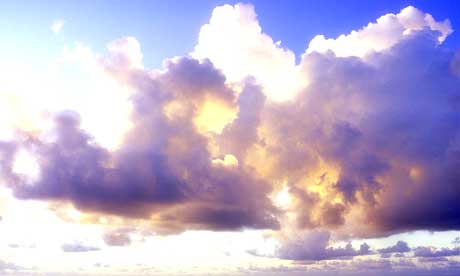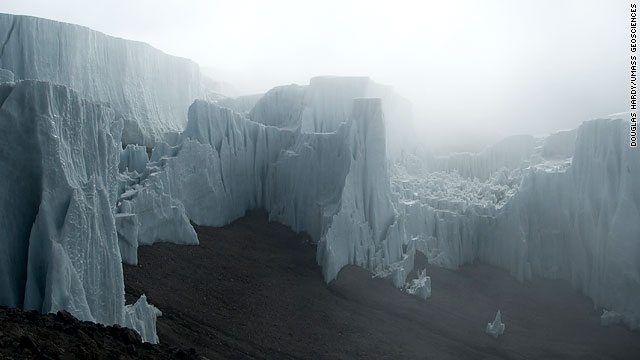 A construction crew works on a white roof in Washington, D.C. Credit: ©American Geophysical Union, photo by Maria-José Viñas
A construction crew works on a white roof in Washington, D.C. Credit: ©American Geophysical Union, photo by Maria-José ViñasFrom Live Science:
To help combat global warming and urban heating, we might just need to paint the town white.
A new modeling study simulated the effects of painting roofs white to reflect incoming solar rays and found that it could help cool cities and reduce the effects of global warming.
The feasibility of such an initiative for cities remains to be seen, researchers caution, but the idea has been backed by U.S. Energy Secretary Steven Chu and other policymakers. And now there's some science behind the political support.
Read more ....

















